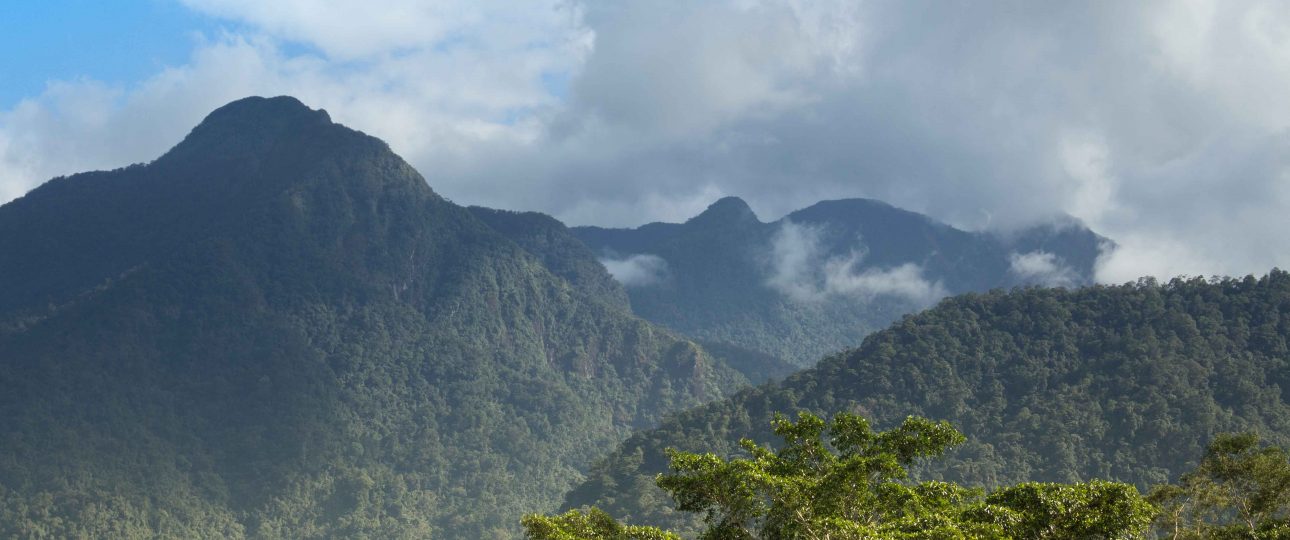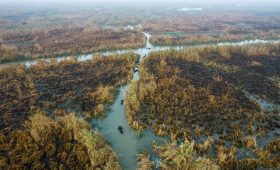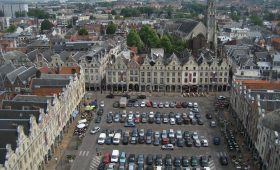Exploring Pico Bonito National Park
Pico Bonito National Park in Honduras offers a rich tapestry of natural beauty and biodiversity. Located in the Cordillera Nombre de Dios mountain range, near the coastal city of La Ceiba, this park is a part of the Mesoamerican Biological Corridor. It spans approximately 1,073 square kilometers, making it a significant area for conservation and adventure.
Why Visit Pico Bonito National Park?
Biodiversity and Wildlife
The park is a haven for biodiversity. With over 270 bird species, 50 mammal species, and 2,000 plant species, it’s a paradise for wildlife enthusiasts. Birdwatchers can spot toucans and motmots, while hikers might encounter howler monkeys or even the elusive jaguar. The park’s diverse ecosystems support a wide range of flora and fauna, making every visit unique.
Majestic Landscapes
Pico Bonito mountain, which gives the park its name, towers at 8,094 feet. The mountain offers breathtaking views of the surrounding rainforest and the Caribbean Sea. Whether you’re an experienced hiker or prefer a leisurely walk, the park’s trails provide stunning vistas and a sense of tranquility.
Adventure Activities
For thrill-seekers, Pico Bonito offers activities like white-water rafting on the Cangrejal River and canyoning down waterfalls. Zip-lining through the treetops provides a unique perspective of the park’s lush landscapes. These activities are not only exhilarating but also offer a deeper connection to the natural environment.
Cultural Insights
The park is home to indigenous communities, including the Garifuna and Pech people. Visitors can engage with these communities to learn about their traditions and way of life. Supporting local crafts and cuisine contributes to the preservation of their cultural heritage and promotes sustainable tourism.
When to Visit
The park experiences a tropical climate with a dry season from November to April, which is ideal for outdoor activities. The rainy season, from May to October, brings lush vegetation but also more challenging weather conditions. Each season offers a different experience, so plan according to your preferences.
Getting There
Pico Bonito is accessible from La Ceiba, which has an international airport with connections to major cities in the U.S. and Central America. From La Ceiba, you can reach the park by private car, taxi, or public transportation. Private transportation offers convenience, while public options provide a more immersive experience.
Exploring the Park
Hiking Trails
The park features a network of trails suitable for all levels. Whether you’re embarking on a short walk or a challenging trek, you’ll encounter dense forests, streams, and waterfalls. Hiking is the best way to immerse yourself in the park’s natural beauty.
Guided Tours
Hiring a local guide can enhance your visit. Guides offer insights into the park’s ecosystems and ensure safety during your explorations. They can be arranged at the park entrance or through local tour operators.
Accommodation
For a deeper connection with nature, consider staying at eco-lodges or cabins within or near the park. These accommodations range from rustic to luxurious, catering to different budgets and preferences. Falling asleep to the sounds of the rainforest is an experience in itself.
Key Facts
- Pico Bonito National Park is located in northern Honduras, near La Ceiba.
- The park is renowned for its biodiversity, with numerous species of birds, mammals, and plants.
- It offers a range of outdoor activities, including hiking, rafting, and zip-lining.
- Indigenous communities within the park provide cultural insights and unique experiences.
- The dry season (November to April) is the best time to visit for pleasant weather.
- La Ceiba serves as the gateway to the park, with various transportation options available.
- Accommodation options include eco-lodges and cabins for an immersive nature experience.




